The 2010s weren’t too kind to the Star Wars franchise. The return of the galaxy far, far away to the big screen was met with middling fan response, and that’s perhaps being too generous. The two Battlefront games EA launched to coincide with the movie releases did not fare much better. When Jedi: Fallen Order came out at the tail end of the decade, the expectations were it would be the final nail in the coffin of a dismal decade for Star Wars.
To the surprise of everyone but the most faithful optimists, 2019’s Star Wars Jedi: Fallen Order was pretty good. Many would say it was great. We personally prefer to save the masterpiece claims for when they’re truly warranted, but there’s no denying Fallen Order was the most well-received bit of Star Wars media in a long while.
That’s not a product of blind fanboys overtaking the discussion either. While it can and definitely was criticized for borrowing other games’ ideas, Jedi: Fallen Order did that in a respectful and mostly enjoyable manner. True genius isn’t creating something out of nothing, but taking someone else’s idea and improving upon it. Borrowed gameplay mechanics or not, Fallen Order delivered a good gaming experience that warranted just anticipation for its sequel.

Gone are the days of rushed sequels, and we should all be thankful for it. Knights of the Old Republic and The Force Unleashed, two of the most beloved Star Wars games ever, both got a sequel within a year. One was good but still worse than its predecessor, the other was a complete letdown. EA decided to give Respawn the necessary time to make sure the Fallen Order sequel is what every game sequel should strive to be: an improvement upon the first entry in every imaginable way.
This prolonged four-year development cycle finally produced a harvest on April 28, the launch day of Jedi: Survivor. The first 24 hours of such a massive and long-anticipated release should be reserved for intense gaming sessions, first impressions, and overall fan excitement. Alas, that’s very rarely the case in modern gaming.
If it wasn’t for horror classics getting top notch remakes in 2023, we’d be hard pressed to remember the most recent AAA video game that did not have severe performance issues at launch. Jedi: Survivor was not only not an exception, it was one of the most outstanding examples of just how poorly optimized modern AAA games tend to be at launch.
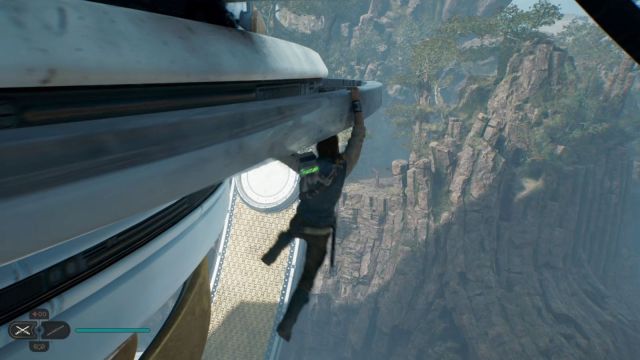
As usual, PC got it the worst. It didn’t matter if you got a six-year-old 1080 TI or a new $1600 founders edition 4090, you could not run Jedi: Survivor at a consistent 60 FPS. Those select few who achieved a respectable average frame rate were not spared. The vast selection of bugs Jedi: Survivor had on offer—including intense stutters, frequent lag, and good old straight-to-the-point crashes—made sure even those who had it better did not actually have it good.
Consoles typically fare relatively well while PC gamers are going through performance nightmares. That was partially the case here, the console version was admittedly performing better, yet EA is still releasing patches that attempt to fix bugs and stabilize Jedi: Survivor on consoles too. Even the usually safe platforms could not escape this poorly optimized release’s wrath.
A game releasing in such a state is a universally bad omen. Empiric evidence is more than enough to explain why we’d expect a poorly optimized game to be poor in general, but we’ll attempt to use logic instead. Here goes: if development was forced to a point where the game is released in a broken state, it’s feasible to assume the whole game suffered from similar treatment, which more or less guarantees a dip in product quality. Makes sense, right?
In a welcome breach of conventional logic, Jedi: Survivor is not an awful game. Quite the contrary; it has a case that it actually is everything a sequel should be, an improvement over Jedi: Fallen Order in every imaginable way. It expands on the characters, the story, the world, the traversal, the combat, and everything in between. Jedi: Survivor is, dare we say, an excellent game, and that’s truly terrible.

Jedi: Survivor is setting a dangerous precedent. Launch trainwrecks have been the specialty of games that weren’t all that good to begin with. We can go back to Assassin’s Creed Unity, No Man’s Sky, Mass Effect Andromeda, Fallout 76, Cyberpunk 2077, or any other calamitous blockbuster release in the last decade or so, and all of them have the common feature that they were not ready for the market. Not coding-wise, content-wise. Some of these examples went on to become good or even great games, we know. Doesn’t change the fact they were anything but great upon launch.
Jedi: Survivor is great at launch. Is it a masterpiece? We still wouldn’t go this far, but it is definitely a very good game, content-wise. Most important of all, it is a complete experience. It doesn’t require adding content months or years down the road to become a complete game—it already is. At this point, you would be vindicated in asking what in the bloody hell is the problem then. How is Jedi: Survivor being a good game a bad thing?
Dunking on a terrible game that also happens to have terrible performance is easy—morbidly satisfying even. When you have a good game that’s ruined by lackluster optimization, it’s just sad. Instead of worrying that Jedi: Survivor will crash on us at any given moment, we should be celebrating its world-building. Instead of forcing ourselves through a stutter fest, we should be marveling at the beautiful environments. Instead of questioning PC gaming’s spot in AAA development’s priority list, we should be running this excellent game as smooth as butter on our $1600 graphics cards. But we aren’t.
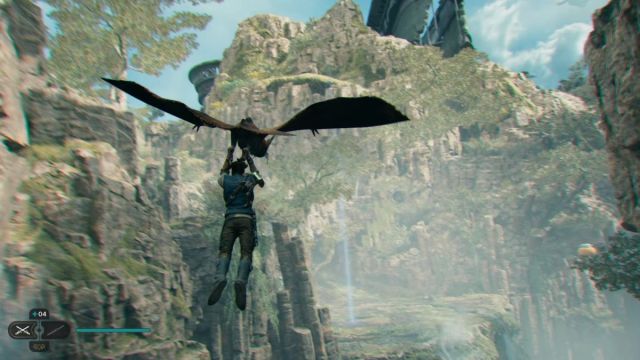
We wouldn’t say any unoptimized game hitting the market is fine, but when the game itself isn’t all that anyway, we simply don’t care that much. Sure, as gamers, we should be outraged anytime a publisher is trying to take our money for a bad product. There is an easy solution on the consumer’s end, though. It’s called a refund. Bad game, poor optimization, refund, move on. Plus we get that previously mentioned satisfaction of letting everyone know just how much we don’t like that product.
Jedi: Survivor isn’t something we want to refund, and that’s the frustrating part. We don’t want good games releasing in a bad state to become the norm. Unfortunately, if we’ve ever learned something from the entertainment business, it’s that when publishers learn the audience is all right with a certain practice, they will abuse it to the fullest. This is why Jedi: Survivor’s qualities as a game leave a sour taste in our mouths. We fully expect launch day performance issues to stop being associated with mediocre games and creep their way into the quality portion of the menu, spoiling an otherwise fine dish.
The other, often forgotten side of the equation is that of developers. We’re prone to forgetting that at AAA level, publisher and developer are never the same thing, and the latter is frequently the scapegoat for the former’s decisions. Jedi: Survivor received three major patches within its first week of release. Can you guess how those came out in such a short span? Our own hypothesis rhymes with brunch.
We admittedly can’t know for sure, but realistically, it’s either that or EA and Respawn knew very well their game was not ready to be published. Neither of those work for fans, nor devs. Fans are getting a bad deal by paying full price for a non-full experience, devs are being rushed to quickly fix a product that would not have needed fixing with a few more weeks in proper development.
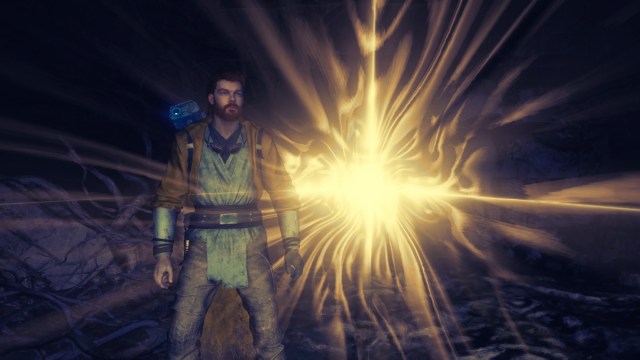
As weird and unsatisfying as it is to say, Jedi: Survivor being such an awesome game could end up being a terrible outcome for a lot of people on both sides of the spectrum. In the short run, sure, we’d rather have one more quality game out in the world instead of whatever Redfall is trying to be. In the bigger picture, Jedi: Survivor could be looked back on as the first of its kind, a very well-crafted game that will take weeks after launch to be properly optimized for everyone to enjoy.
A common joke among cynical gamers is these days games have two release dates, one official and one where the game actually becomes playable. Cynical it may be, yet it is true, Jedi: Survivor is a two-release-dates kind of game of the worst kind: an excellent experience that we can’t enjoy because of poor performance. That’s one terrible trail for Star Wars to be blazing.


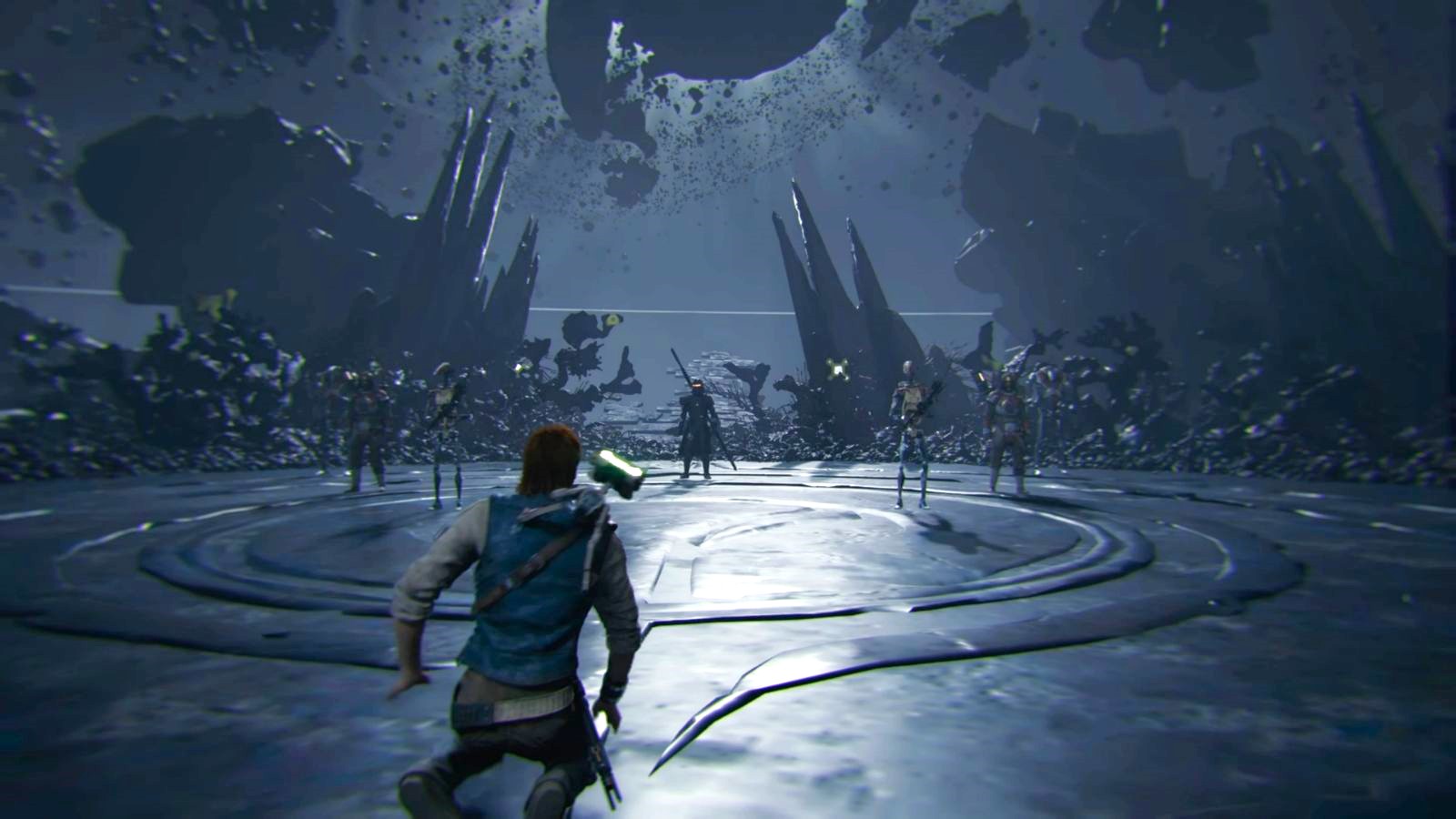
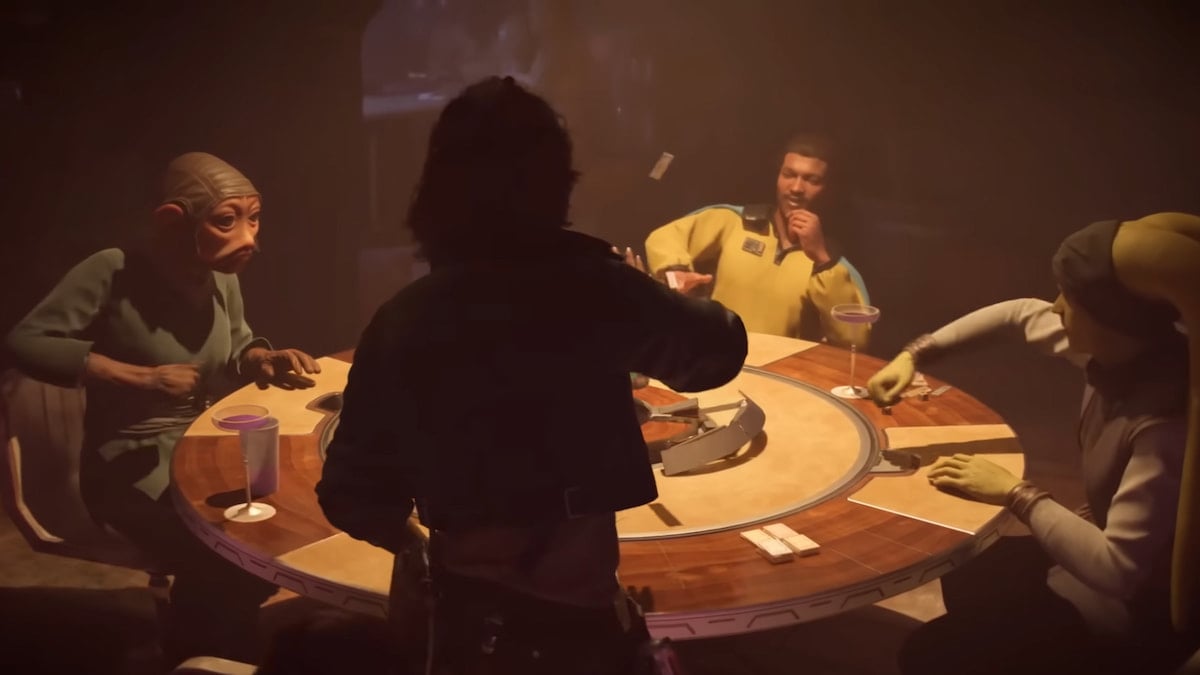
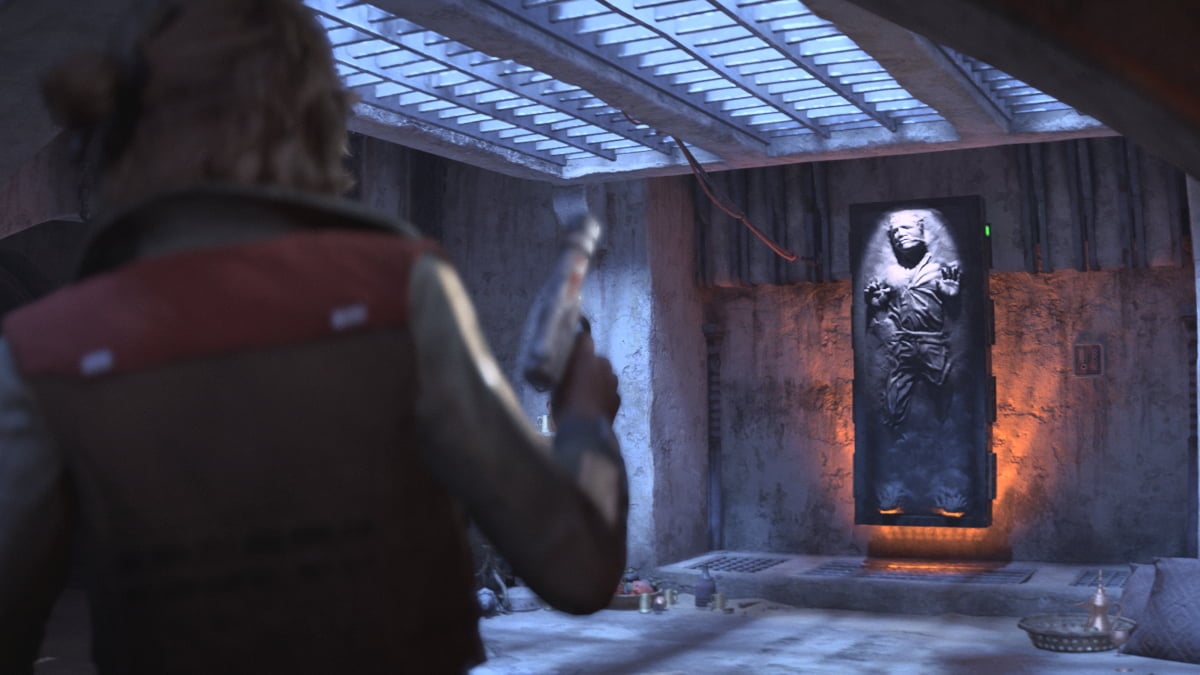
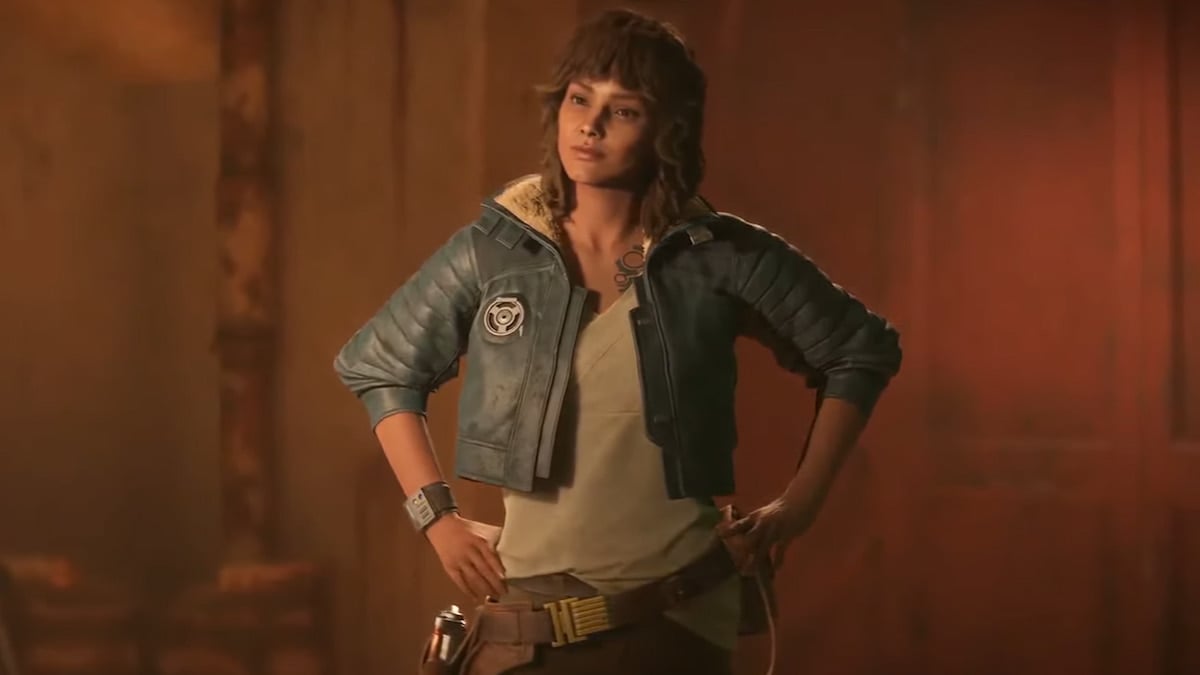
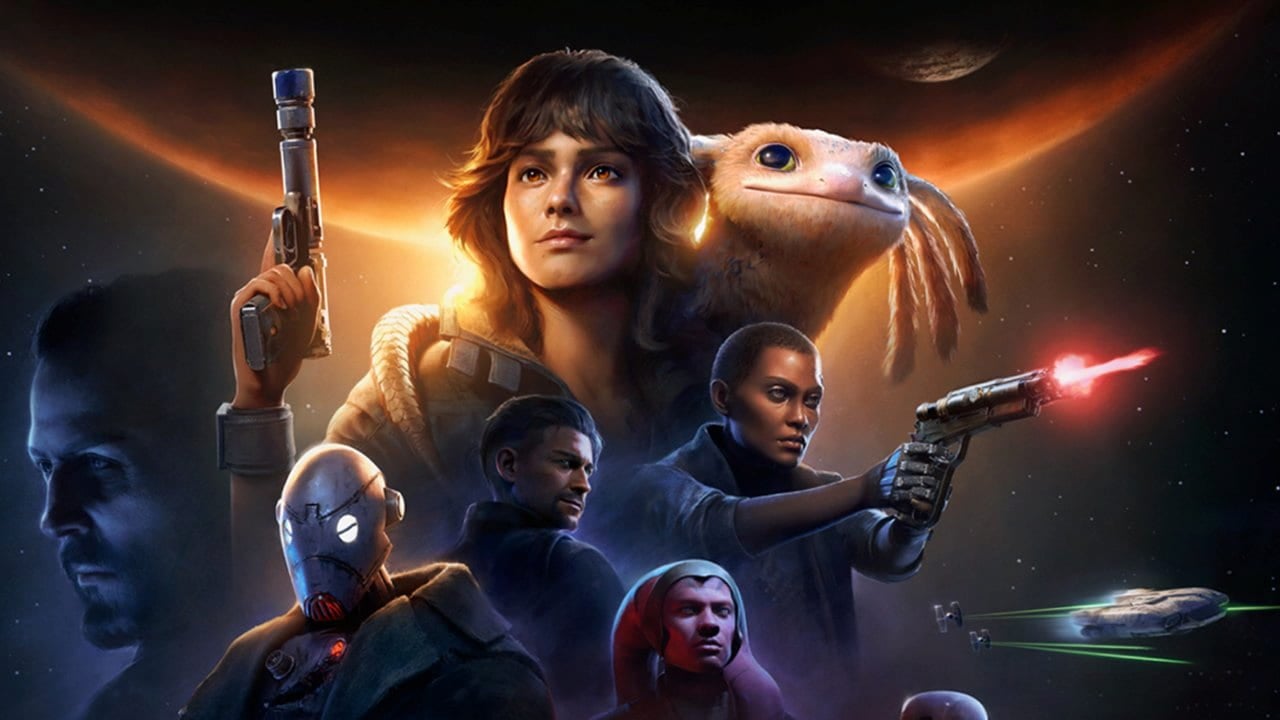

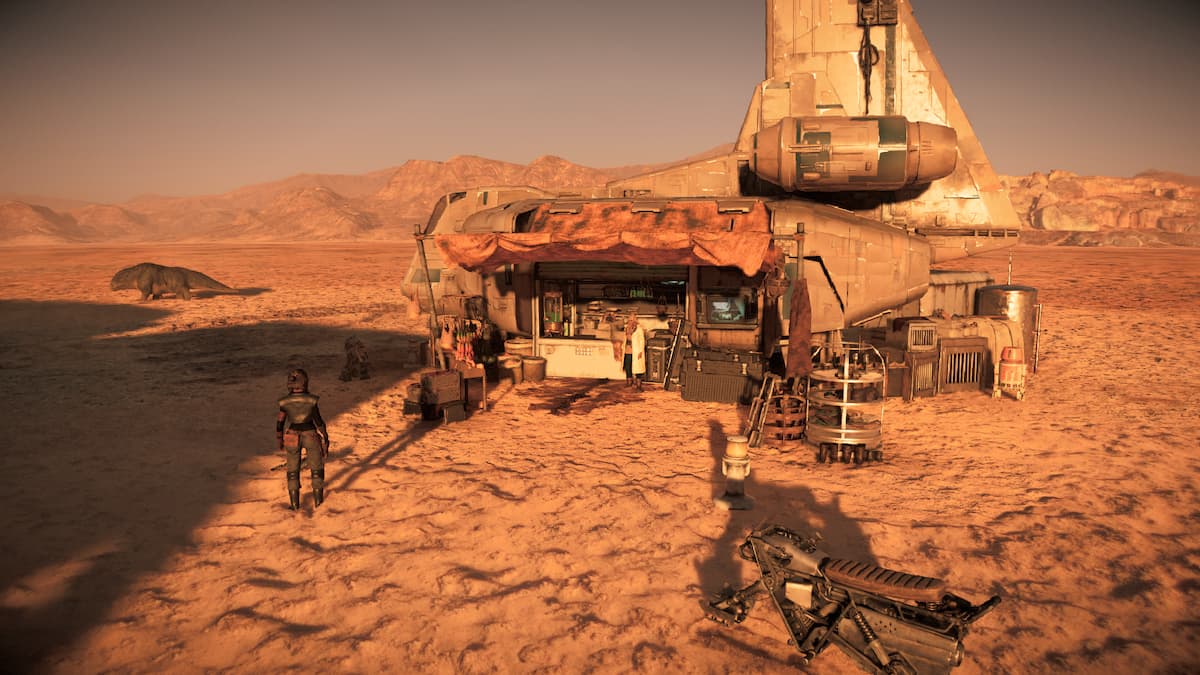
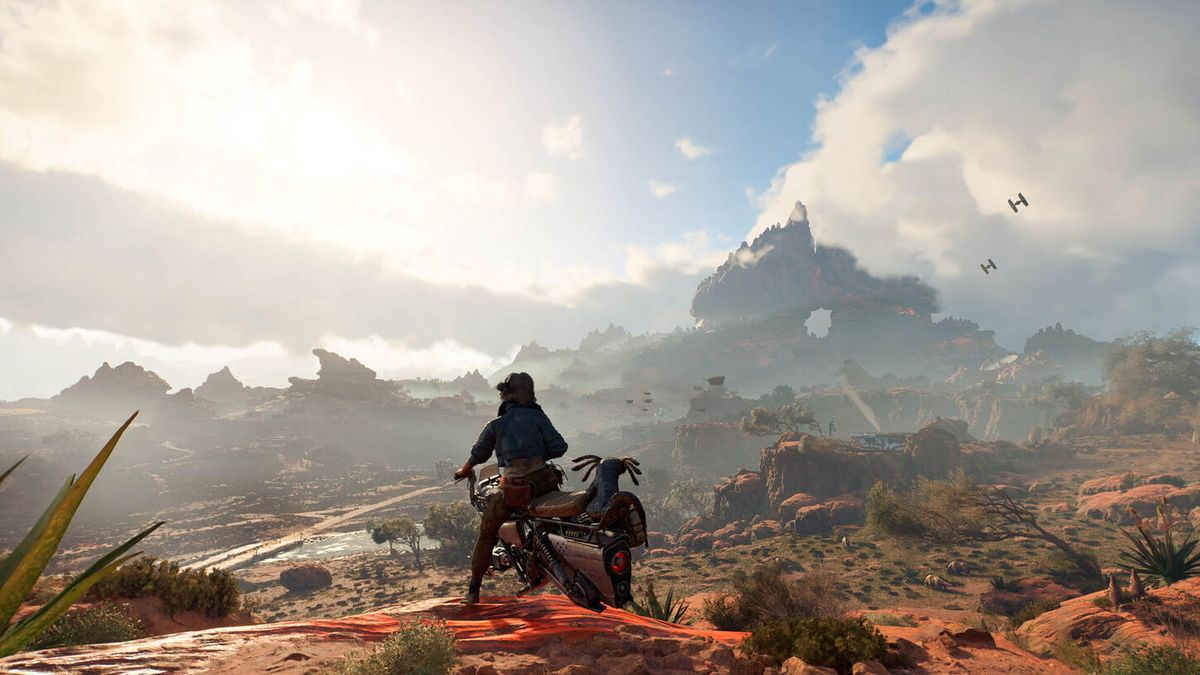
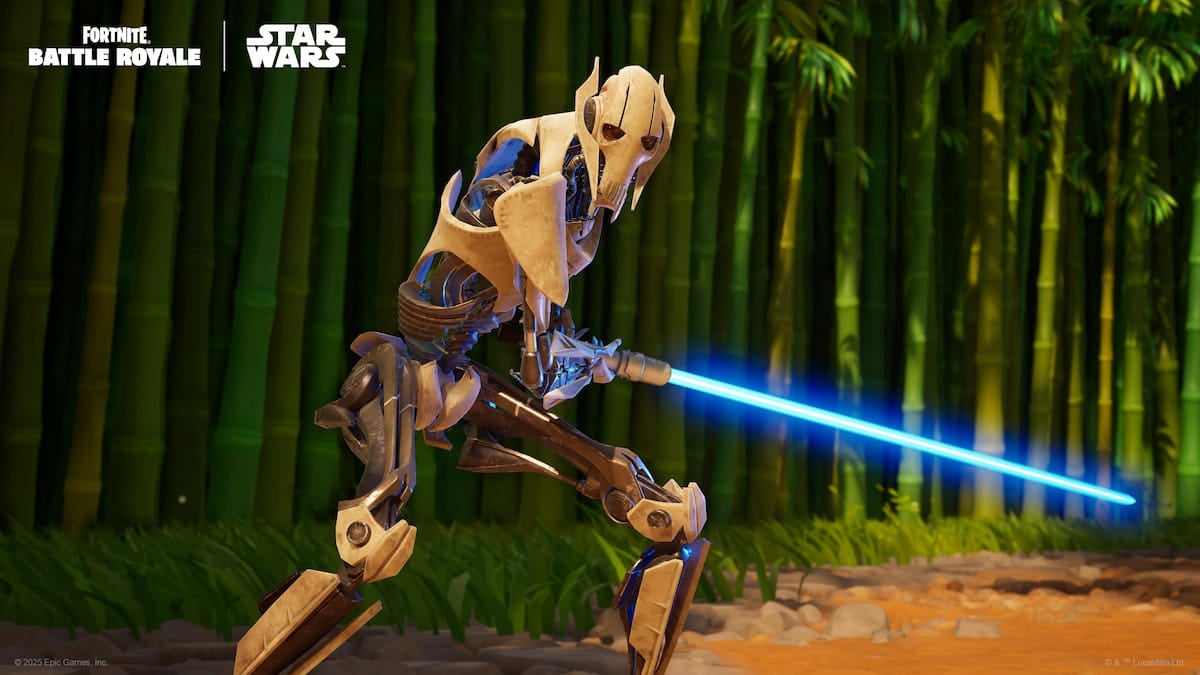
Published: May 8, 2023 11:56 am